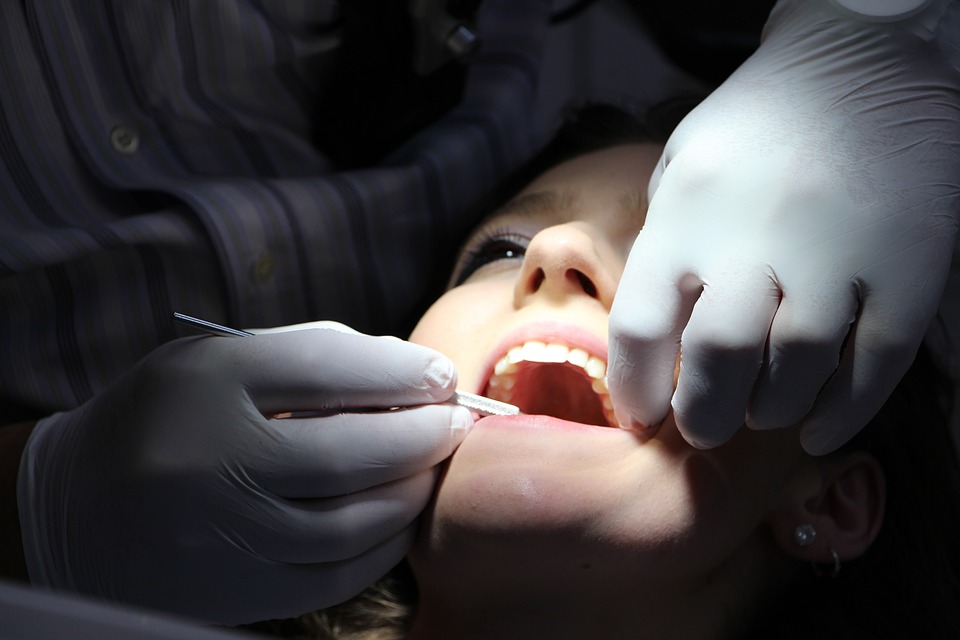
Background:
As children we are told to brush our teeth and floss twice a day. An uncomfortable dental experience as a child can create dental anxiety in adulthood. This anxiety can prevent patients from seeking the care they need. The development of caries, or cavities, in the mouth can have lasting impacts if not treated properly in both children and adults. Caries develop on teeth due to the creation of an acidic environment from the bacteria inhabiting the mouth (Marsh 1994). The acidity eats away at the enamel, and eventually the softer pulp, or dentin, within the tooth, leaving an exposed and sensitive area that requires medical attention (Bowen et al. 2017). The prevalence of decay in primary teeth is notably higher in children aged 1 to 4 while young adults aged 15-19 years old have a higher prevalence of decay present in permanent teeth (Kassebaum et al. 2017). Because children develop higher levels of cavities than adults, protecting young permanent teeth is an important area for research. Why are children more likely to develop caries? And what can be done to lessen the spread of this disease? For many years scientists attributed the development of caries to the bacterial species Streptococcus mutans. With the advent of new technology and further information of how microbes interact with each other, scientists are now looking at old problems with modern solutions. Instead of merely describing the presence of microbes, scientists are now beginning to see what is happening between various microbial species in the human microbiome. Continue reading “It Takes a Village: Selection Drives the Formation of Dental Caries in Children”
